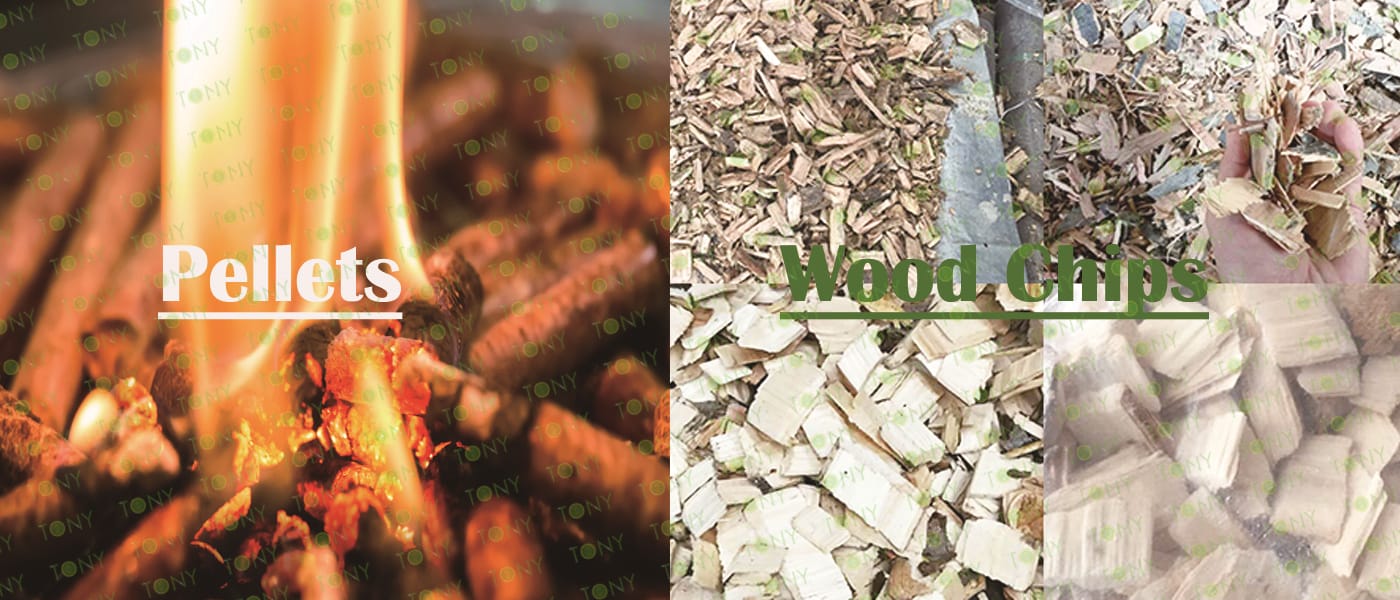Against the backdrop of global energy transition and growing environmental awareness, biomass pellet fuel, as a new clean energy source, is unleashing the potential of "big environmental benefits" thanks to its "small particle" form. It not only provides a new solution to energy shortages but also plays a key role in reducing carbon emissions and promoting a circular economy.
What is biomass pellet fuel?
Biomass pellet fuel refers to granular fuel made from agricultural and forestry waste such as straw, wood chips, rice husks, and peanut shells, processed through processes such as crushing, pulverizing, and extrusion. Its diameter typically ranges from 6 to 10 mm and its length is generally 2 to 5 times its diameter. It has high density, high calorific value, and is easy to store and transport.
These raw materials might otherwise be incinerated or discarded, wasting resources and polluting the environment. Converting them into biomass pellet fuel effectively "turns waste into treasure." Environmental Advantages of Biomass Pellet Fuel

1. Reduced Carbon Emissions, Contributing to the "Dual Carbon" Goals
The carbon dioxide released during the combustion of biomass pellet fuel comes from the carbon dioxide absorbed during plant growth. Over its entire life cycle, biomass pellet fuel essentially achieves "zero" carbon dioxide emissions. In contrast, the combustion of fossil fuels such as coal and oil releases large amounts of carbon stored in ancient times, causing a sharp increase in atmospheric carbon dioxide concentrations and exacerbating the greenhouse effect.
Relevant data shows that replacing coal with biomass pellet fuel can reduce carbon dioxide emissions by approximately 80%. This is of great significance for achieving the "carbon peak and carbon neutrality" goals.
2. Reduced Pollutant Emissions, Improved Air Quality
Biomass pellet fuel burns fully, producing far lower levels of pollutants such as smoke, sulfur dioxide, and nitrogen oxides than coal. For example, sulfur dioxide emissions are only about one-tenth of those of coal, and nitrogen oxide emissions are also significantly lower.
In some rural areas, the heavy use of loose coal for heating and cooking in the past contributed significantly to the deterioration of air quality in winter. Promoting the use of biomass pellet fuel can effectively improve local air quality.
3. Promote the resource utilization of agricultural and forestry waste and reduce environmental pollution.
A vast amount of agricultural and forestry waste is generated annually. If this waste is not properly handled and is indiscriminately dumped or incinerated, it not only consumes land resources but also produces large amounts of harmful gases and dust, polluting the environment.
The production of biomass pellet fuel provides an effective resource utilization channel for agricultural and forestry waste. By converting this waste into fuel, it not only reduces environmental pollution but also creates economic benefits.
With the continuous tightening of environmental protection policies and the growing demand for clean energy, the market prospects for biomass pellet fuel are promising.
Concurrently, with continuous technological advancements, the production process of biomass pellet fuel will be further refined, costs will be further reduced, and its competitiveness will continue to increase. In the future, it is expected to occupy an even more important position in the energy structure and make greater contributions to global environmental protection.





















